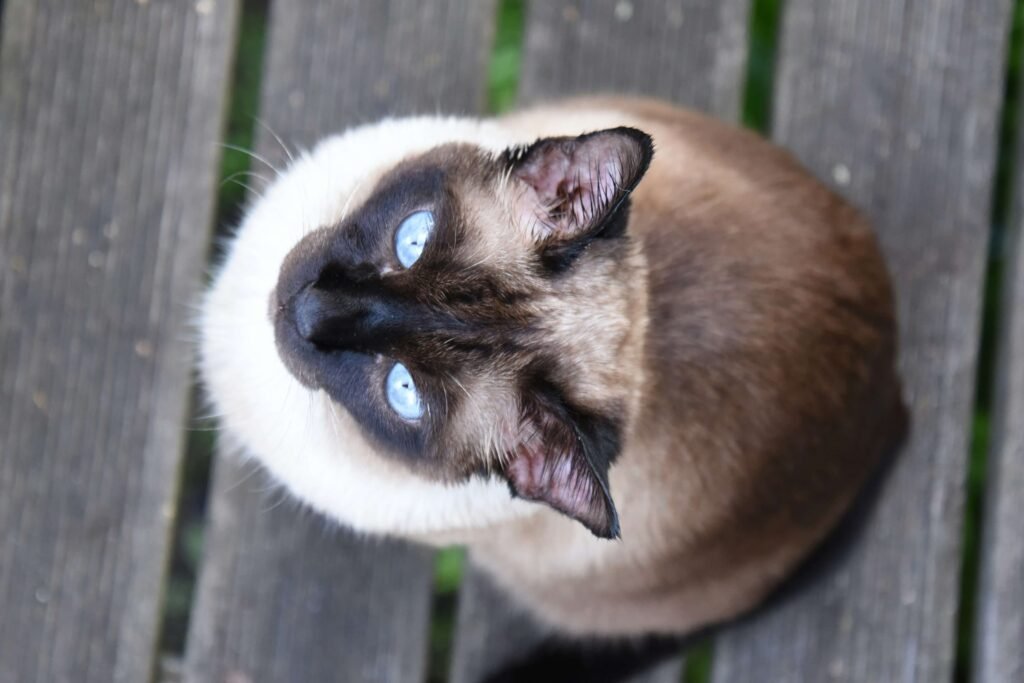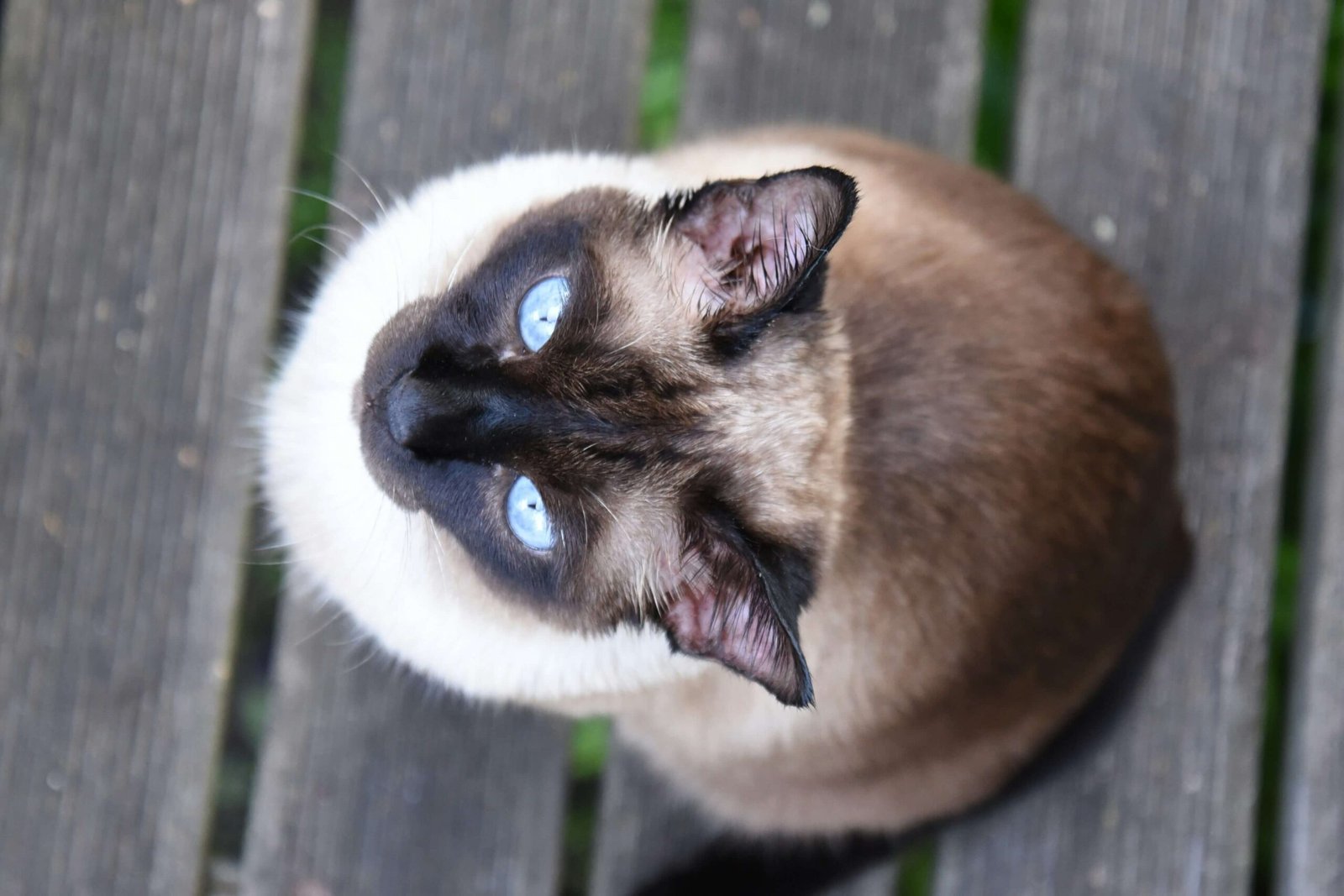Warning Signs Your Cat Is Crying for Help
Cats are known for their independence and mysterious nature, but they’re not always as self-reliant as they seem. While they may not communicate distress in the same way humans do, cats have subtle ways of letting us know when something is wrong. As a cat owner, it’s crucial to pay attention to changes in behavior, appearance, or routine, as these can often be signs your feline friend is in need of help. Understanding these warning signs can make all the difference in ensuring your pet stays healthy and happy. Let’s explore some key indicators that your cat might be trying to tell you something important.
Behavioral Changes: The First Red Flags
Cats thrive on routine, so any sudden shift in their behavior could indicate underlying issues. These changes might seem small at first, but they shouldn’t be ignored. Here are some common behavioral warning signs to watch out for:
Increased Hiding : If your cat suddenly starts spending more time hiding under furniture or in secluded areas, it could be a sign of fear, illness, or discomfort.
Aggression or Irritability : A usually friendly cat that becomes unusually aggressive or irritable may be experiencing pain or stress.
Excessive Vocalization : While some cats are naturally chatty, excessive meowing or crying can indicate anxiety, hunger, or even an underlying medical condition.
Changes in Social Behavior : If your cat avoids interaction or seems disinterested in activities they once enjoyed, it could signal physical or emotional distress.
Litter Box Avoidance : Refusing to use the litter box might point to urinary tract issues, stress, or dissatisfaction with their environment.
Behavioral changes are often the earliest signs that something isn’t right. By addressing these shifts promptly, you can prevent minor issues from escalating into serious problems.
Physical Symptoms: What Your Cat’s Body Is Telling You
In addition to behavioral changes, physical symptoms can provide valuable clues about your cat’s well-being. Cats are masters at masking discomfort, so it’s essential to observe them closely. Here’s what to look for:
Weight Loss or Gain : Sudden changes in weight can indicate a range of health issues, including diabetes, hyperthyroidism, or digestive problems.
Poor Coat Condition : A dull, greasy, or matted coat may suggest nutritional deficiencies, skin conditions, or an inability to groom properly due to pain.
Lethargy : If your cat seems unusually tired or uninterested in movement, it could be a sign of illness, injury, or depression.
Changes in Eating Habits : Eating significantly more or less than usual can signal dental problems, gastrointestinal issues, or metabolic disorders.
Unusual Odors : Foul smells coming from your cat’s mouth, ears, or body could indicate infections, dental disease, or other health concerns.
Physical symptoms often accompany behavioral changes, providing a clearer picture of your cat’s overall health. Addressing these signs early can help ensure your furry friend gets the care they need.
Check this guide 👉Why Does My Cat Not Meow? Best 7 Expert Care Tips!
Check this guide 👉Why Is My Cat Meowing So Loudly? Best 7 Expert Behavior Tips
Check this guide 👉Why Does My Cat Twitch in Their Sleep? Best 7 Behavior Tips!

Warning Signs | Possible Causes |
|---|---|
Increased Hiding | Fear, illness, or environmental stress |
Excessive Vocalization | Anxiety, hunger, or medical conditions |
Weight Loss or Gain | Diabetes, hyperthyroidism, or parasites |
Lethargy | Infection, injury, or depression |
Poor Coat Condition | Nutritional deficiencies or skin issues |
Emotional Indicators: When Stress Takes Its Toll
Cats are sensitive creatures, and their emotional well-being is just as important as their physical health. Stress and anxiety can manifest in various ways, affecting both their behavior and health. Keep an eye out for these emotional warning signs:
Overgrooming : Excessive licking or chewing can be a coping mechanism for stress or boredom, often leading to bald patches or skin irritation.
Destructive Behavior : Scratching furniture, knocking items over, or other destructive actions might indicate frustration or pent-up energy.
Pacing or Restlessness : Constant movement without purpose can signal anxiety or discomfort.
Loss of Interest in Play : If your cat no longer engages in playtime or seems indifferent to toys, it could be a sign of emotional distress.
Excessive Sleeping : While cats love to nap, sleeping far more than usual might indicate depression or illness.
Emotional issues can be just as debilitating as physical ones. Providing a calm, enriching environment can help alleviate stress and improve your cat’s quality of life.
Environmental Triggers: External Factors Impacting Your Cat
Sometimes, the root cause of your cat’s distress lies in their surroundings. Even small changes in their environment can have a significant impact. Here are some common triggers to consider:
New Pets or People : Introducing new animals or humans into the household can cause territorial stress or jealousy.
Loud Noises : Construction, fireworks, or loud music can overwhelm sensitive cats and lead to anxiety.
Changes in Routine : Alterations in feeding times, cleaning schedules, or daily interactions can disrupt your cat’s sense of security.
Uncomfortable Living Spaces : A dirty litter box, lack of hiding spots, or insufficient resources (food, water, toys) can create stress.
Temperature Extremes : Cats are sensitive to heat and cold, and uncomfortable temperatures can affect their mood and health.
By identifying and addressing environmental triggers, you can create a safer, more comfortable space for your cat. A happy environment often translates to a happy cat.
Subtle Signs of Pain: What to Watch For
Cats are experts at hiding pain, a survival instinct from their wild ancestors. However, there are subtle signs that can reveal discomfort or injury. Being vigilant about these indicators can help you address potential issues before they worsen.
Reluctance to Jump : If your cat avoids jumping onto furniture or other elevated surfaces, it could indicate joint pain or muscle soreness.
Squinted Eyes : Partially closed eyes, especially when accompanied by a hunched posture, may signal discomfort or illness.
Excessive Licking of a Specific Area : Persistent licking or chewing of one spot might point to an injury, infection, or irritation.
Reduced Grooming : A lack of grooming can suggest arthritis, obesity, or other conditions that make it difficult for your cat to reach certain areas.
Changes in Posture : A hunched back or unusual stiffness while walking can be a sign of pain or mobility issues.
Paying attention to these subtle cues can help you identify and address sources of pain early, ensuring your cat remains comfortable and healthy.
Digestive Distress: Red Flags to Monitor
Digestive issues are common in cats and can range from mild to severe. Recognizing the warning signs of gastrointestinal problems is essential for timely intervention. These symptoms often manifest in ways that are hard to miss if you know what to look for.
Vomiting : Occasional hairballs are normal, but frequent vomiting may indicate dietary issues, allergies, or underlying health conditions.
Diarrhea or Constipation : Changes in stool consistency or frequency can signal digestive upset, dehydration, or intestinal blockages.
Loss of Appetite : Refusing food for more than 24 hours is a serious concern and should prompt a vet visit.
Swollen Abdomen : A bloated or distended belly might indicate fluid retention, parasites, or other internal issues.
Bad Breath : Foul-smelling breath can be a sign of dental disease, kidney problems, or gastrointestinal distress.
Digestive distress should never be ignored, as it can quickly escalate into life-threatening situations. Early detection and treatment are key to resolving these issues effectively.
Respiratory Warnings: Breathing Issues to Take Seriously
Respiratory problems in cats can be alarming and require immediate attention. While some breathing irregularities might seem minor, they can indicate serious health concerns. Understanding these signs can help you act swiftly when necessary.
Rapid Breathing : Panting or unusually fast breathing can signal stress, heatstroke, or heart and lung issues.
Wheezing or Coughing : These sounds might indicate asthma, allergies, or respiratory infections.
Nasal Discharge : Clear discharge is often harmless, but yellow or green mucus can point to infections or foreign objects.
Open-Mouth Breathing : Cats rarely breathe through their mouths, so this behavior is a red flag for respiratory distress.
Labored Breathing : Struggling to breathe, with visible effort in the chest or abdomen, requires urgent veterinary care.
Respiratory issues can escalate quickly, making it critical to monitor your cat’s breathing patterns closely. Addressing these signs promptly can prevent complications and ensure your cat’s well-being.
Frequently Asked Questions
How do I know if my cat’s behavior change is serious?
Any sudden or prolonged change in behavior should be taken seriously. If the behavior persists for more than a day or two, consult your veterinarian.
Can stress alone cause physical symptoms in cats?
Yes, chronic stress can lead to physical issues like overgrooming, weight loss, or even urinary tract problems.
What should I do if my cat stops using the litter box?
Rule out medical issues by visiting the vet, then assess the litter box’s cleanliness, location, and type of litter used.
How can I reduce my cat’s stress levels?
Provide plenty of hiding spots, maintain a consistent routine, and engage in regular playtime to keep your cat mentally stimulated.
Is excessive meowing always a sign of trouble?
Not necessarily, but if it’s persistent or accompanied by other symptoms, it’s worth investigating further with your vet.
Listening to Your Cat’s Silent Cries
Cats may not speak our language, but they communicate in countless ways. By paying close attention to their behavior, physical condition, and environment, you can better understand when they’re crying for help. Early detection of warning signs allows you to address issues before they escalate, ensuring your feline companion remains healthy and content. Remember, your cat relies on you to notice the subtle signals they send. With patience, observation, and care, you can strengthen the bond you share and provide the support they need to thrive.
Understanding Cryptosporidium in Cats: Best 7 Expert Tips! – Spot symptoms, treat safely, and stop parasite spread in your home.
Understanding Cryptosporidium in Dogs: Best 7 Expert Tips! – Learn symptoms, treatment & prevention for this stubborn gut parasite.
Understanding Syringomyelia in Cats: Best 7 Expert Tips! – Recognize signs, manage pain, and support your cat’s neurological health with vet-backed guidance.
Understanding Syringomyelia in Dogs: Best 7 Expert Tips! – Expert insights on symptoms, MRI diagnosis, pain management & quality of life.





